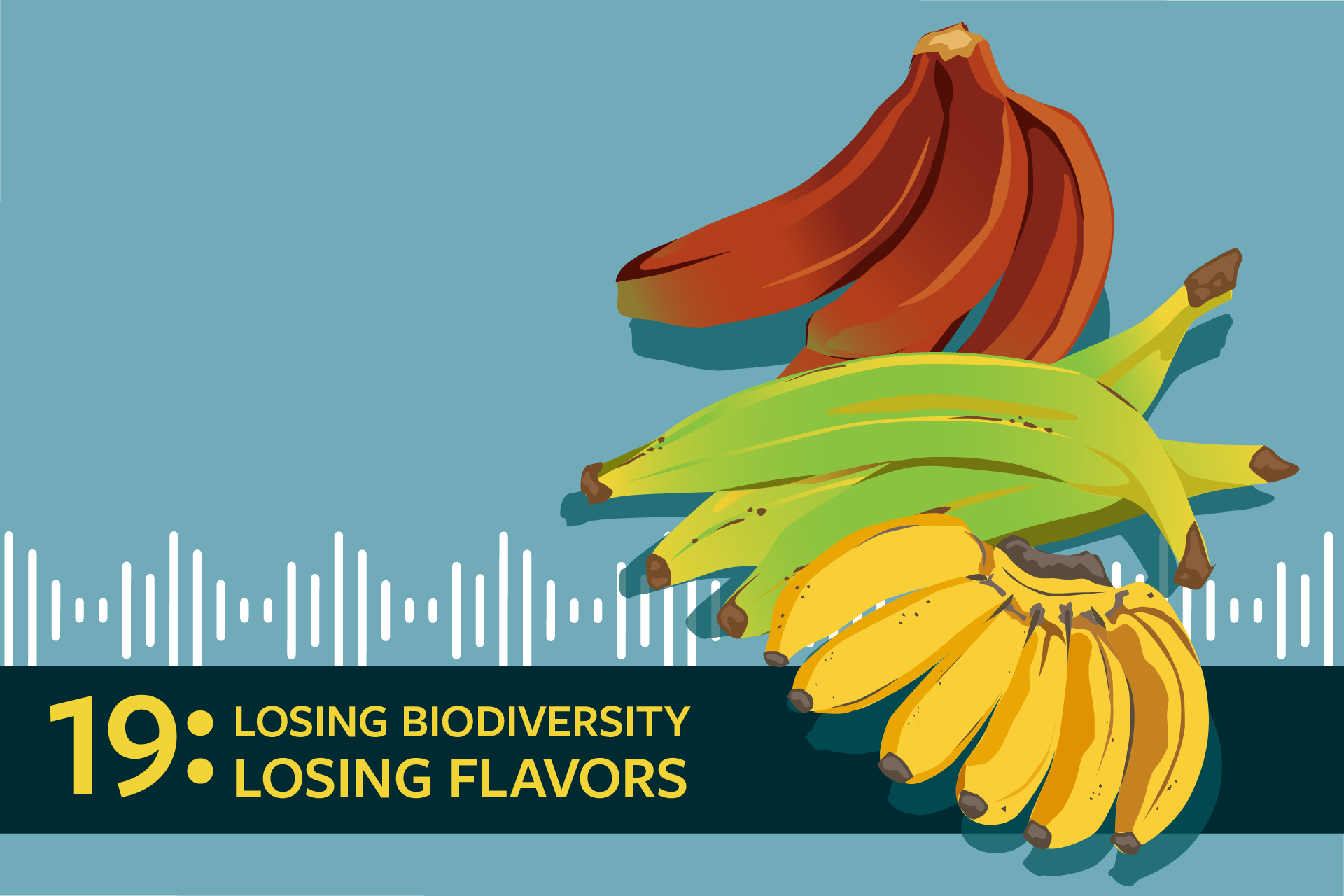The biodiversity crisis is about more than genetics
When Rowen White was 17 years old and newly arrived at a small liberal arts college in western Massachusetts, she began working on the college farm and getting involved in its heirloom tomato project. Despite her Mohawk family’s deep connections to the land, this was her first time really getting her hands in the soil — and her first time encountering such a wide array of produce varieties.
White — who went on to found both the Indigenous Seed Keepers Network and Sierra Seeds — discusses the experience on the most recent episode of our podcast, “What You’re Eating,” which focuses on biodiversity. “My mind was just so enthusiastic about the breadth of diversity that existed that I never knew was there,” she tells us. “And so it began to open this doorway of inquiry for me, that not only was there biodiversity, but there was this cultural dimension of biodiversity — that people and plants had co-evolved over millennia with this deep commitment and connection to one another.”
White also began to reflect on her own relationship to her ancestors’ traditional crops: “I began to ask the question, as someone who is Mohawk and who knows that so much of our culture and ceremonies revolve around our connection to…our traditional foods, ‘What were the seeds and foods that fed my ancestors? And why weren’t those seeds passed down from generation to generation?’”
White’s questions about personal loss highlight a broader, universal truth: When we lose seeds and plant diversity, we lose not only the genetic traits of those species, but culture and history as well.
We are currently experiencing what’s being called a “biodiversity crisis,” in terms of the number of species we are losing and the increasing pace at which that loss is happening. 2019 research from Our World in Data found that agriculture was a known threat to around 24,000 out of 28,000, or 86 percent, of the species at risk of extinction. This loss comes from deforestation of land to grow oil palms or crops for feeding cows; the use of heavy chemical pesticides and fertilizers to grow monocultures of corn and soy; and prioritizing a small number of crop varieties for foods from bananas to apples, potatoes to wheat. And, as White points out, that means we are losing unique flavors, too.
Another guest, Preeti Simran Sethi, says something similar: “The loss of agricultural biodiversity isn’t limited to soil, seed, pollinator, plant, fish, animal,” says the author of “Bread, Wine, Chocolate: The Slow Loss of Foods We Love.” “It’s also a loss of story and identity and who we are. And when we erase diversity and make everything the same, homogenize everything, that’s what we start to erase. There is a preciousness in flavor, in place, in culture to the foods that we eat, and celebrating and honoring biodiversity is a way to reclaim and sustain that.”
Listen to “Losing Biodiversity, Losing Flavors” to hear more from Sethi, White and others on the various dimensions of biodiversity loss.
Top photo by Akarawut/Adobe Stock.
More Reading
Can scorecards push supermarkets to do better?
December 9, 2024
Manure digesters aren’t clean energy
November 6, 2024
Julie Guthman explains why Silicon Valley will not hack the future of food
November 4, 2024
Everyone's talking about ultraprocessed foods — but what exactly are they?
June 27, 2024
Switching from beef to chicken isn't the sustainability flex you think it is
June 12, 2024
Are natural flavors better than artificial?
May 7, 2024
Is a sweeter story possible for chocolate and vanilla?
April 30, 2024
The ins and outs of vegan hot dogs
April 16, 2024
Jamie Loftus and ‘the naked truth about hot dogs’
April 16, 2024
Nearly a year after USDA approval, lab meat is still off the menu
April 10, 2024

